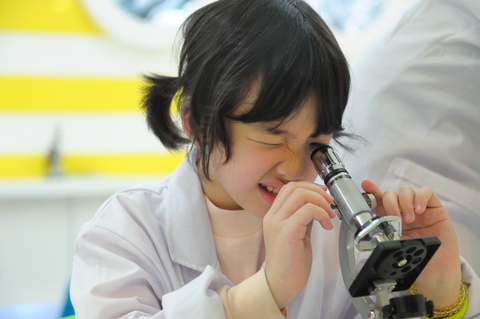Autistic children make similar mistakes recognising faces as children who don’t have autism

Young people with autism spectrum conditions have difficulties recognising and distinguishing between different facial expressions, according to research from one of the largest studies to look at emotion recognition in children and adolescents on the autistic spectrum (University of Bristol, 2017). The University of Bristol findings have been published in the Journal of Autism and Developmental Disorders.
A team from the University Bristol’s School of Experimental Psychology aimed to find out whether six basic facial expressions differing in intensity are challenging for young people with autism to recognise.
Researchers gave sixty three children and adolescents with a diagnosis on the autistic spectrum and sixty four without a diagnosis, an internet-based test of emotion recognition. The two groups, aged between six and sixteen, were presented with happy, sad, surprised, disgusted, scared and angry facial expressions and asked to select a label that matched the expression.
Some faces had exaggerated “high-intensity” expressions, which were easier to identify, while others had subtle “low-intensity” expressions, which were more difficult to identify but are considered more relevant to real world situations. The team also measured language skills and non-verbal reasoning skills in order to see if differences in these skills explained any differences in the ability to recognise emotions.
Results from this study found that young people with an autistic spectrum condition do find it harder to recognise emotion from facial expressions. However, the types of mistakes they made were very similar to the types of mistake made by young people without an autistic spectrum condition. For example, young people in both groups often mistook fear for surprise, and disgust for anger.
Interestingly, the biggest differences between the two groups was for the high-intensity expressions. The researchers think this was due to participants, including those without an autistic spectrum condition, struggling to recognise the emotion in the low-intensity expressions, making it hard for them to then see any clear difference between groups.
Sarah Griffiths, who completed the study as part of her PhD at the University of Bristol and is now based at the University of Cambridge’s Autism Research Centre, said “This study is important as previous research provided very mixed results with some finding individuals with autism less accurate in recognising expressions on average, and others finding no difference. In this study we used an online platform to run a larger study to answer this question more conclusively and found that individuals with autism are on average a bit less accurate at recognising emotion from faces.”
Professor Chris Jarrold, Professor in Cognitive Development in the School of Experimental Psychology at the University of Bristol, said “These findings provide further evidence that people with ASC have a degree of difficulty in recognising basic emotions from facial expressions. For those who do struggle with recognising emotions from faces, teaching emotion recognition may be helpful for learning to navigate social situations.”
To coincide with this research, the team have developed an iPad app to teach facial emotion recognition for people with and without autism spectrum conditions. You can download the free app About face here. This app contains both the high and low-intensity expressions that were used in the study so the difficulty can be tailored to the ability level of the user.








